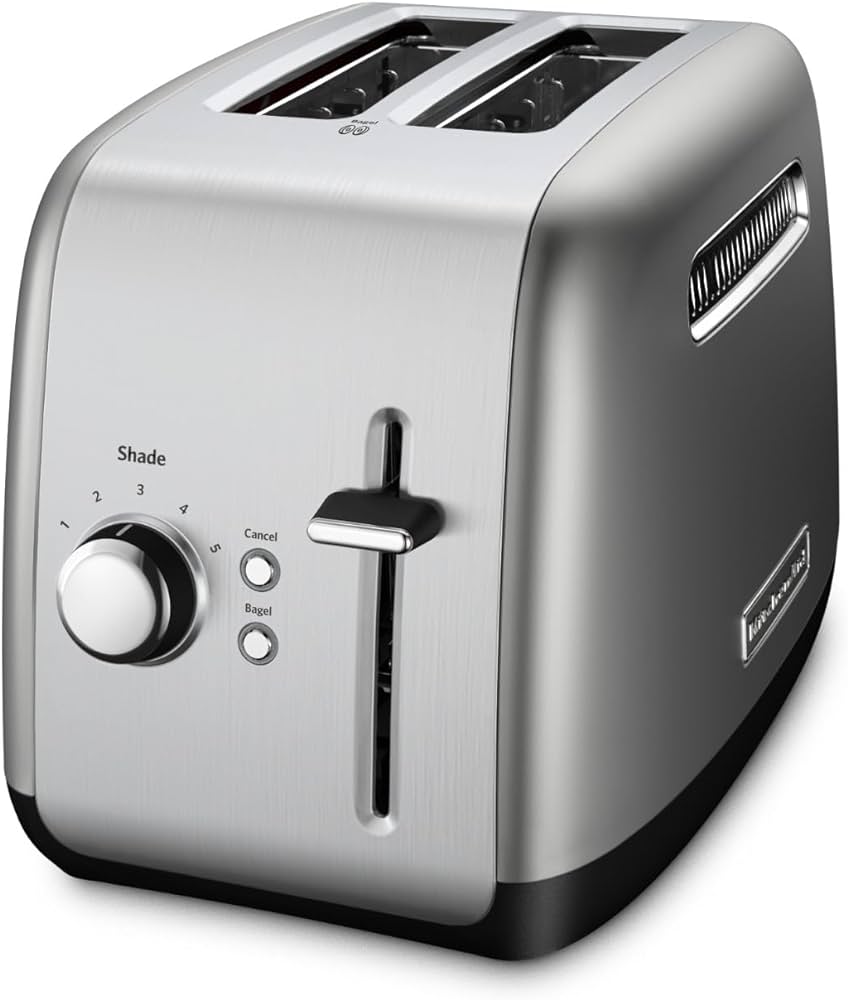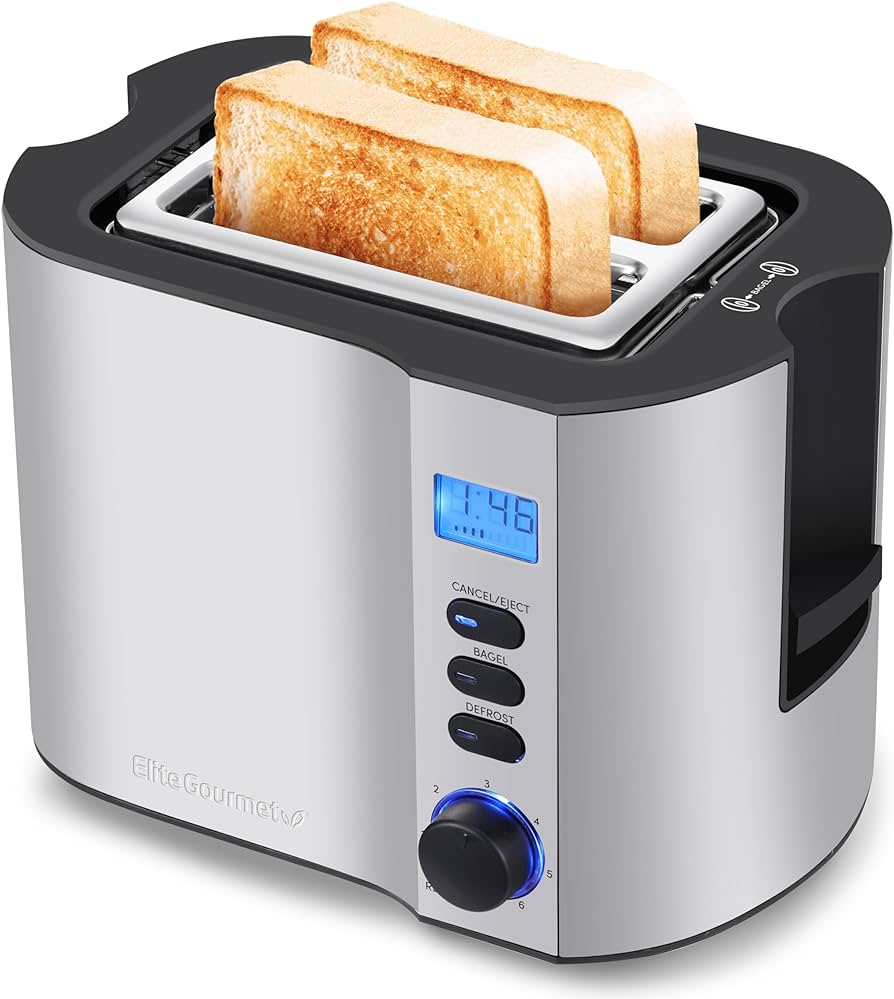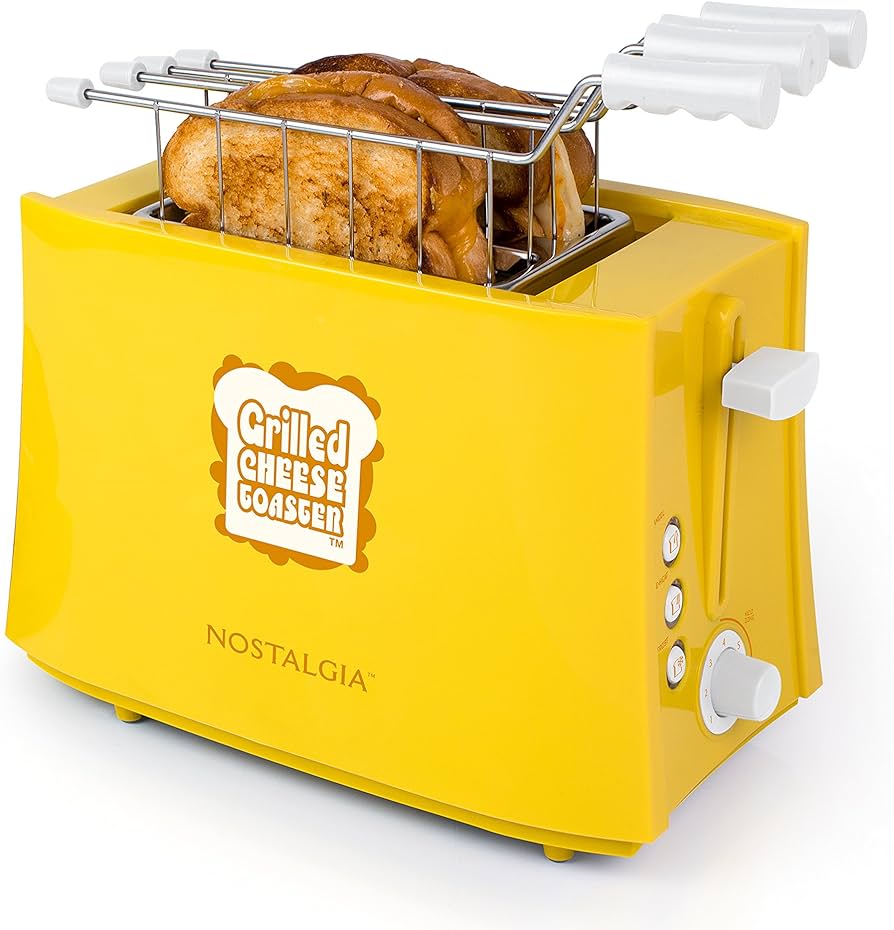Introduction:
A toaster that won’t stay down can be incredibly frustrating, especially when you’re eager for a quick meal. Understanding why this issue occurs and how to troubleshoot and fix it can save you time, money, and a lot of frustration. This comprehensive guide explores common reasons why a toaster might not stay down, providing detailed steps and solutions to address the problem effectively.

Why Won’t My Toaster Stay Down?
Understanding the Basic Mechanism of a Toaster
To troubleshoot a toaster that won’t stay down, it’s essential to understand its basic mechanism. The toaster lever engages a latch that holds the lever down until the toast cycle completes. Here’s how it works.
Latch and Magnetic Systems: Many toasters use a latch and electromagnet system. When you press the lever down, it engages the latch, and an electromagnet holds the lever in place until the toast is done. Once the cycle completes, the circuit breaks, releasing the lever and popping the toast up.
Timing Mechanism: The timer mechanism controls the length of the toasting cycle. It uses either a bimetallic strip that bends with heat or a more modern electronic timer. This mechanism determines how long the lever stays engaged.
Crumb Tray: The crumb tray collects bits of bread that fall off during toasting. If this tray is overflowing or misaligned, it can affect the lever mechanism.
Heating Elements: Heating elements generate the heat required for toasting. If these elements don’t heat up properly, the timer mechanism might not function correctly, resulting in the lever not staying down.
Common Reasons Why a Toaster Won’t Stay Down
Identifying the common reasons behind a toaster lever that won’t stay down helps in diagnosing and addressing the issue effectively. Here are some typical causes.
Dirty or Jammed Mechanism: Crumbs and debris can accumulate inside the toaster, causing the lever mechanism to become dirty or jammed. This build-up can prevent the lever from engaging correctly.
Faulty Electromagnet: If the electromagnet that holds the lever down is faulty or not receiving power, it won’t be able to hold the lever in place. Electromagnetic issues can stem from electrical failures or damaged components.
Malfunctioning Latch: The latch mechanism might be worn out, misaligned, or broken. If the latch isn’t engaging properly, the lever won’t stay down.
Electrical Issues: Electrical issues, such as a faulty power source or damaged wiring, can prevent the electromagnet and other components from functioning correctly. This issue can disrupt the entire toasting mechanism.
Timer Malfunction: A malfunctioning timer might not initiate the electromagnet correctly. If the timer doesn’t operate as intended, the lever might pop up prematurely or not stay down at all.

Steps to Diagnose and Fix the Toaster
Diagnosing and fixing a toaster that won’t stay down involves a systematic approach. Here’s a step-by-step guide to help you identify and resolve the issue.
Unplug and Inspect: Unplug the toaster from the power outlet to ensure safety. Inspect the toaster for any visible signs of damage, such as broken parts, frayed wiring, or burnt areas.
Clean the Toaster: Thoroughly clean the toaster to remove any accumulated crumbs and debris. Pay special attention to the lever mechanism, crumb tray, and interior. Use a small brush or compressed air to dislodge stubborn debris.
Check the Crumb Tray: Remove and empty the crumb tray. Ensure it’s clean and properly aligned when reinserting it. An overflowing or misaligned crumb tray can disrupt the lever mechanism.
Test the Electromagnet: Plug the toaster back in and press the lever down. Listen for a clicking sound indicating the electromagnet is engaging. If no sound is heard or the lever doesn’t stay down, the electromagnet might be faulty.
Inspect the Latch Mechanism: Manually examine the latch mechanism for wear or misalignment. Use a flashlight to get a clear view of the component. If the latch is damaged, it may need realignment or replacement.
Evaluate Electrical Components: If comfortable with electrical components, open the toaster casing to inspect the wires and connections for damage or disconnection. Use a multimeter to check for continuity in the electromagnet circuit. Seek professional help if necessary.
Replace Damaged Parts: If any component, such as the latch or electromagnet, is found to be damaged, consider replacing it. Consult the toaster’s user manual for part numbers and replacement instructions or contact the manufacturer.
Preventive Maintenance Tips for Toasters
Regular maintenance can prevent issues with your toaster and extend its lifespan. Follow these preventive tips to keep your toaster in good working order.
Regular Cleaning: Clean your toaster regularly to prevent crumbs and debris build-up. Empty the crumb tray frequently and wipe down the exterior and interior surfaces.
Avoid Overloading: Avoid overloading the toaster with thick or oversized slices of bread, which can jam the lever mechanism. Cut larger pieces down to fit properly within the slots.
Use Proper Settings: Use the toaster settings appropriate for the type of bread and desired toasting level. Overloading the toaster with back-to-back cycles can strain the components and lead to malfunction.
Store Properly: Store your toaster in a dry, cool place when not in use. Ensure it’s unplugged and completely cool before storing to avoid electrical and fire hazards.
Check for Wear and Tear: Periodically inspect the toaster for signs of wear and tear. Address minor issues before they escalate into significant problems, such as replacing worn-out components promptly.

Troubleshooting Frequently Asked Questions
Addressing frequently asked questions can provide additional insights and help you troubleshoot common toaster issues more effectively.
Q: Why does my toaster lever only stay down sometimes? A: Intermittent issues with the toaster lever often indicate a problem with the latch or electromagnet. Ensure the toaster is clean and inspect the latch mechanism for wear.
Q: My toaster won’t stay down after cleaning. What should I do? A: If cleaning doesn’t resolve the issue, check the electrical components, including the electromagnet and wiring. There might be an underlying electrical fault or a need for part replacement.
Q: Is it safe to use a toaster that intermittently pops up the lever? A: While it might not pose immediate danger, consistently malfunctioning toasters should be inspected and repaired to prevent potential electrical hazards and ensure optimal performance.
Q: Can a power surge affect my toaster’s functionality? A: Yes, power surges can damage electrical components in the toaster, including the electromagnet and timer. Using a surge protector can help prevent such damage.
Q: Should I repair or replace my faulty toaster? A: Assess the cost and feasibility of repairs versus the cost of a new toaster. For minor issues, repairs might be economical. However, replacing the toaster could be more practical for significant or multiple component failures.
Considering Professional Repair Services
When DIY troubleshooting and repairs don’t resolve the toaster issue, seeking professional repair services might be the best option. Here’s when and how to consider professional help.
Assessing Complexity: If the toaster repair involves intricate electrical work or replacing significant components, professional help ensures safety and accuracy. Complex repairs might be beyond typical DIY capabilities.
Warranty Considerations: If your toaster is still under warranty, contact the manufacturer or authorized repair centers. Warranty coverage might offer free repairs or replacements, preserving the investment.
Finding Reliable Technicians: Seek recommendations for reliable appliance repair technicians or services in your area. Verify their qualifications, experience, and customer reviews before committing to their services.
Repair Costs: Evaluate the estimated repair costs provided by professionals. Compare these costs with the price of a new toaster to determine the most cost-effective solution.
Regular Maintenance by Professionals: Consider scheduled maintenance by professionals, especially for high-end toasters. Regular professional maintenance ensures optimal performance and longevity.

Preventing Future Toaster Issues
Preventive measures and mindful usage can help prevent future issues with your toaster. Here’s how to keep your toaster functioning smoothly over the long term.
Regular Cleaning Schedule: Establish a regular cleaning schedule to keep the toaster free from crumbs and debris. Consistent cleaning prevents build-up that can interfere with the lever and latch mechanisms.
Proper Usage: Follow the manufacturer’s guidelines for using the toaster. Avoid toasting foods not intended for the appliance, such as greasy or excessively moist items, which can gum up the mechanism.
Monitor Performance: Keep an eye on the toaster’s performance. Subtle changes in functionality can indicate developing issues. Addressing these early can prevent complete breakdowns.
Proper Storage: Store the toaster in a dry, cool location, and ensure it’s unplugged and cool before storage. Avoid storing heavy objects on top of the toaster, which might damage its components.
Quality Components: Invest in a high-quality toaster with durable components. Spending a bit more on a reliable brand can reduce the likelihood of mechanical issues and extend the appliance’s lifespan.

Environmentally Friendly Disposal
If repairing the toaster isn’t feasible and replacement is the chosen option, consider environmentally friendly disposal methods. Here’s how to dispose of your old toaster responsibly.
Recycling Programs: Many communities have electronic recycling programs that accept small appliances. Check local regulations and drop-off locations for recycling toasters.
Manufacturer Take-Back Programs: Some manufacturers offer take-back programs where they accept old appliances for recycling. Contact the toaster’s manufacturer for information on available programs.
Donation: If the toaster is still functional but not staying down as desired, consider donating it to organizations or thrift stores that might repair and reuse it.
Disassembly for Parts: If comfortable with disassembling electronics, salvage usable parts for other DIY projects or repairs. This reduces waste and repurposes functioning components.
Conclusion
A toaster that won’t stay down can be repaired with careful diagnosis and appropriate troubleshooting. Understanding the basic mechanism, identifying common issues, and following detailed steps for maintenance and repair ensures a smooth resolution. Regular care and mindful usage prevent future problems, extending the toaster’s lifespan. Whether opting for DIY fixes or seeking professional help, this comprehensive guide provides all the necessary insights to address and resolve the issue effectively. Enjoy perfectly toasted slices once again by restoring your toaster’s functionality with confidence!

